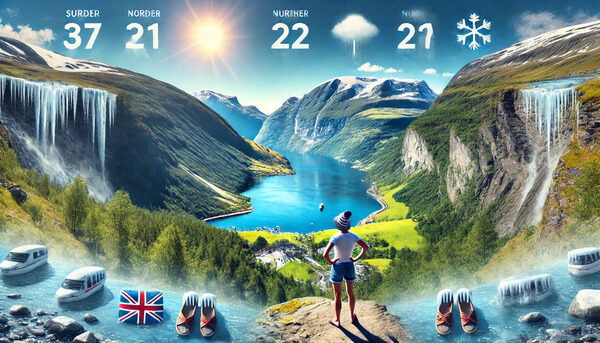Thursday, July 4, 2024 In 2023, the number of international overnight visitors surged by 22 percent in Norway and 11 percent in Sweden, as reported by official data. This increase was primarily due to the lifting of COVID-19 restrictions in 2022 and a decline in the value of Scandinavian currencies. From the sunny shores of Tenerife, Cati Padilla journeyed far north to experience the cooler climates of Nordic countries, escaping the intense heatwaves of her home region.
Northern European nations such as Norway and Sweden are increasingly marketing themselves as destinations for “coolcations,” appealing to those seeking refuge from warmer temperatures. According to a German survey conducted by the tourism group Visit Sweden, 40 percent of respondents are reconsidering their travel plans because of the extreme heat in southern Europe, choosing cooler destinations or different times of the year instead. For many, the appeal of congested Mediterranean beaches has waned, replaced by the desire to swim in a lake or fjord, or hike mountains in peaceful solitude, away from the hazards of forest fires and the summer heat that has even led to the temporary shutdown of Athens’ Acropolis in June.

The term “killer summer” took on a new meaning when British tourist Pam, expecting chilly weather, stepped off a cruise ship in the renowned Geiranger Fjord, a UNESCO World Heritage site, only to find the weather warm enough for sandals and a t-shirt instead of the expected raincoat an.
















